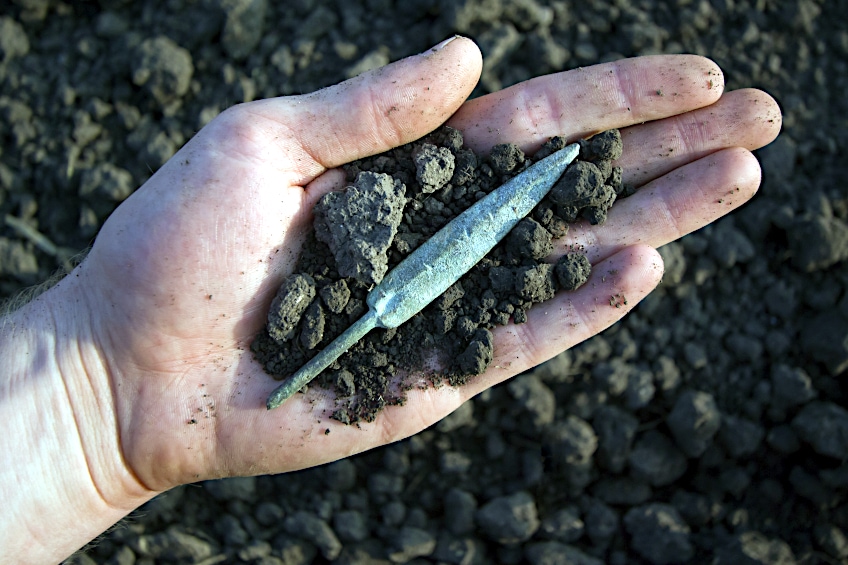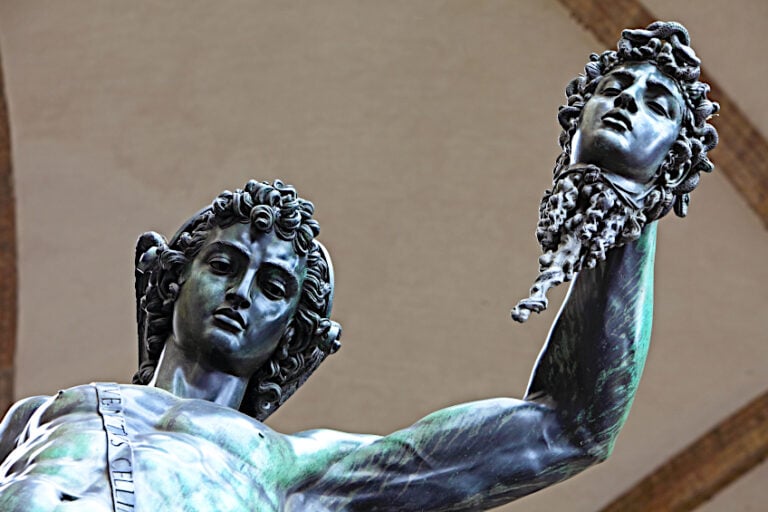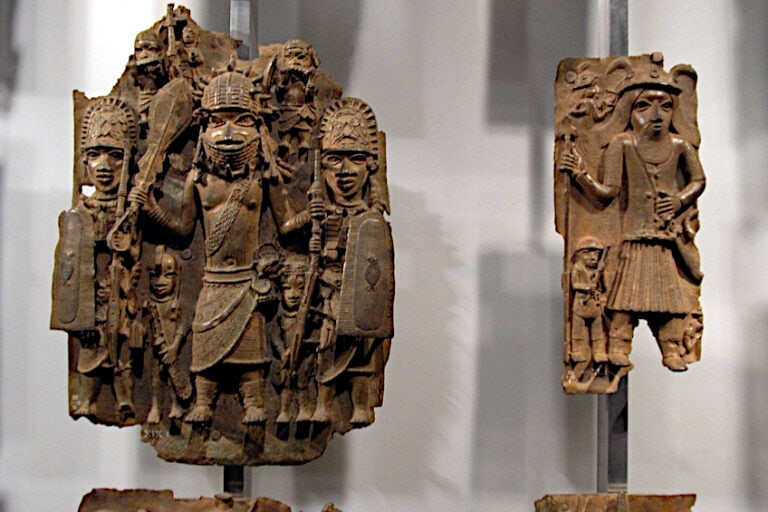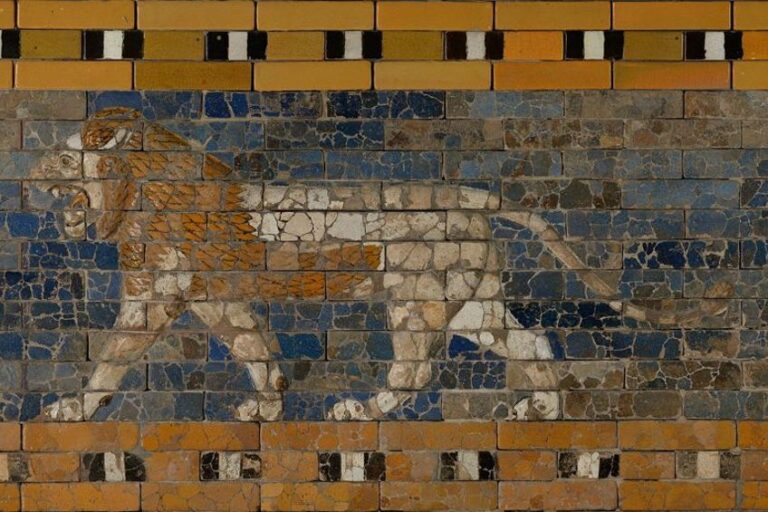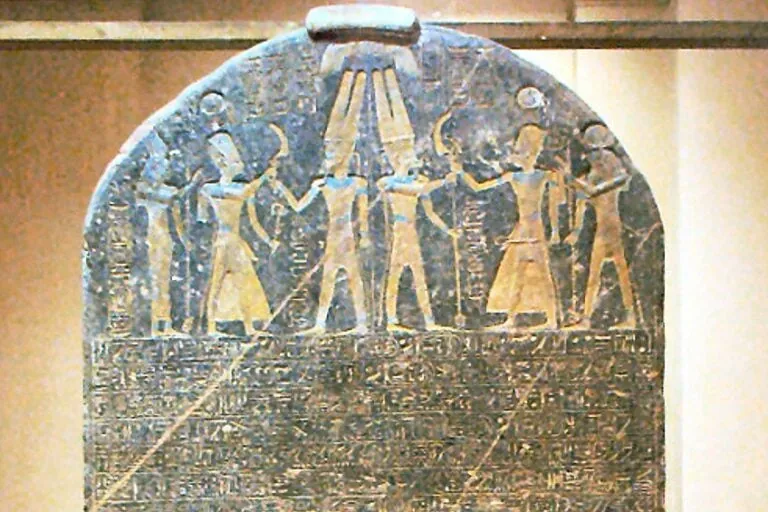What Are Artifacts? – Understand History through Material Culture
Remnants of the world have fascinated us for centuries. We marvel at the handcrafted detail that our ancestors painstakingly etched into works of art, the imperfections in their tools, the devotion they had to their crafts, and how these objects and places seem to be like time capsules in our modern world. In modern media, the term “artifacts” gets thrown around a lot, but have you ever stopped and asked yourself exactly what an artifact is? What are artifacts? How does one identify an artifact? Do you simply know one when you see it? Let’s have a look at what artifacts are, as well as the different types of artifacts you might encounter in the future.
What Are Artifacts?
If you’ve ever watched an Indiana Jones or Jumanji movie, you might find yourself asking, “what are artifacts?” Are they historical buildings? Ancient tombs? Cursed crystal sculls? Well, an artifact can be one or all of the above mentioned if we’re being honest, so what are the criteria for an artifact exactly?
The simplest definition of an artifact is anything created by a human being. Does this mean that alien artifacts aren’t a thing? Well, we haven’t found any (allegedly), so for the moment, the definition is limited to anything made by people. This includes but is not limited to clothing, tools, structures, artwork, furnishings, vessels, means of transportation, written or pictographic accounts, jewelry, and even tombstones. The academic term for all the objects humans produce and interact with is “material culture”.
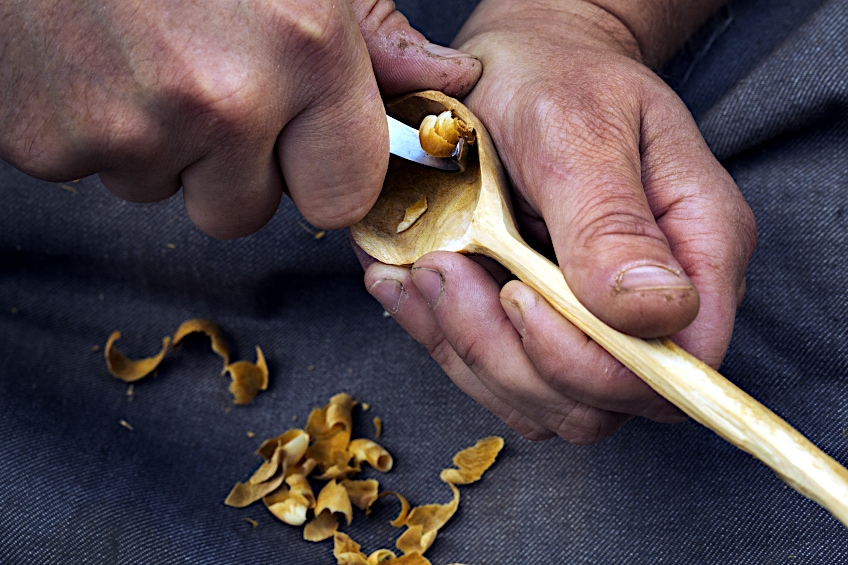 Artisan carving a wooden spoon by hand. Objects ranging from simple hand-made constructions to architectural structures are all considered artifacts
Artisan carving a wooden spoon by hand. Objects ranging from simple hand-made constructions to architectural structures are all considered artifacts
Now, based on the aforementioned you might be picturing a seasoned archaeologist rummaging through the dirt only to be pleasantly surprised as they discover an old sword or a box of trinkets. In reality, artifacts can be both intact, and/or broken up into little pieces. If the latter is the case, anthropologists and historians might be able to piece it back together for display at your local museum.
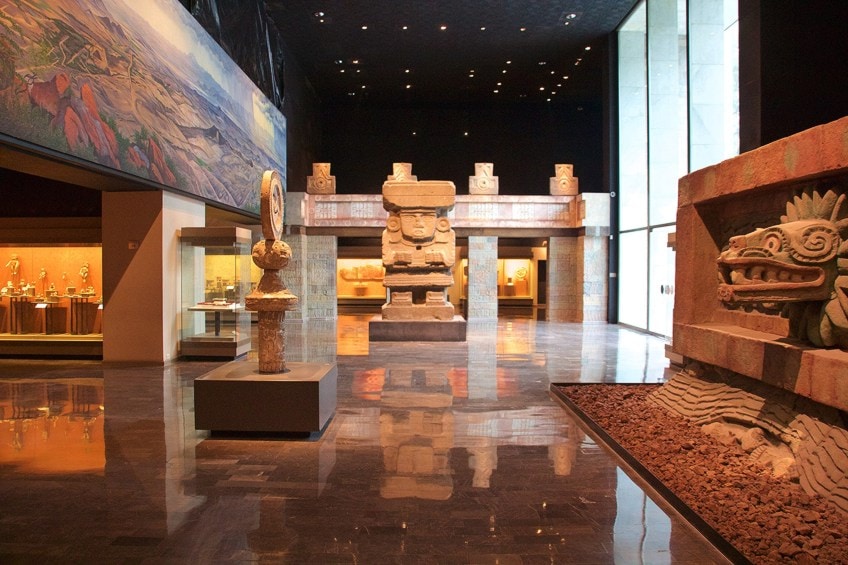 Interior of the Museo Nacional de Antropología (National Museum of Anthropology), Mexico City, Mexico (2015); Photograph by Mike Peel (www.mikepeel.net)., CC BY-SA 4.0, via Wikimedia Commons
Interior of the Museo Nacional de Antropología (National Museum of Anthropology), Mexico City, Mexico (2015); Photograph by Mike Peel (www.mikepeel.net)., CC BY-SA 4.0, via Wikimedia Commons
Artifacts are usually pretty old. This means that it can take considerable effort to determine exactly what they are, where they came from, how old they are, whom they were used by, and even what they originally looked like. However, all the elbow grease needed to restore and identify artifacts are often well worth the effort considering what they provide in return.
Why are artifacts so important? Well, they tell us about the past. They paint a mental (and sometimes physical) picture of the way our forefathers lived, worked, and eventually died. We can deduce where they traveled, what their diet was like, and what they did for fun. Who they fought with, where they settled, and what other cultures they interacted with along the way.
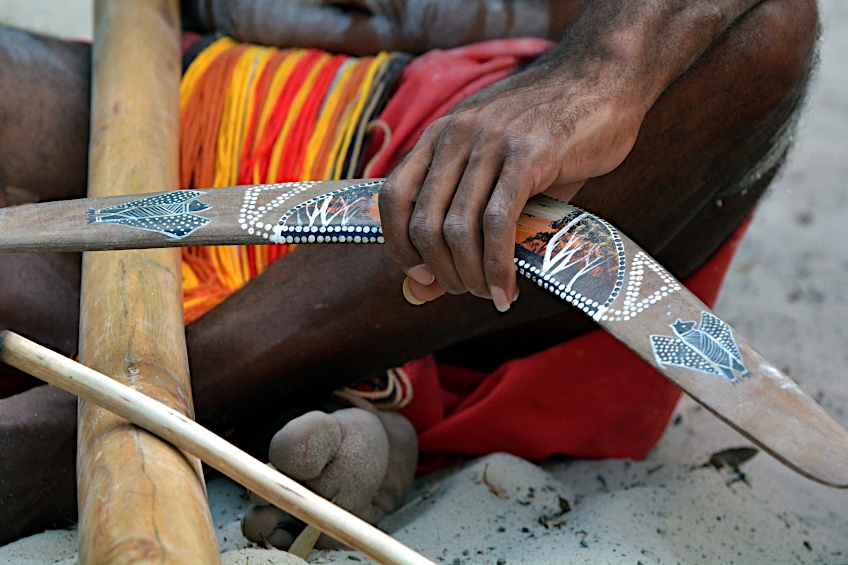 Traditional Australian Boomerang. The design of an artifact can reveal why it was created and how it was used
Traditional Australian Boomerang. The design of an artifact can reveal why it was created and how it was used
The study of artifacts provides insight into civilizations that did not develop a written form of communication, and whose oral histories have been lost to time. They can also be a good indicator of how technologically and/or intellectually complex a culture was, which can be difficult to pin down considering that colonialism, slavery, and religious crusades were horrendously commonplace in the ancient world.
This being said, depending on the field of study, the definition of an artifact can vary considerably. In the fields of anthropology or history, an artifact can be described as something that has been intentionally made by someone or a group of people. Artifacts are usually described as being at least 25 years old, and ancient artifacts would be significantly older than this.
Are There Different Types of Artifacts?
There are different types of artifacts. As you can imagine, societies produce loads of “things” and these things get left behind when society dies out, migrates, or changes. What is left behind, or kept for the historical record is often referred to as material culture or artifacts. This being said, there are four primary types of artifacts you could come across, so let’s have a look at a few of them and how they differ from one another.
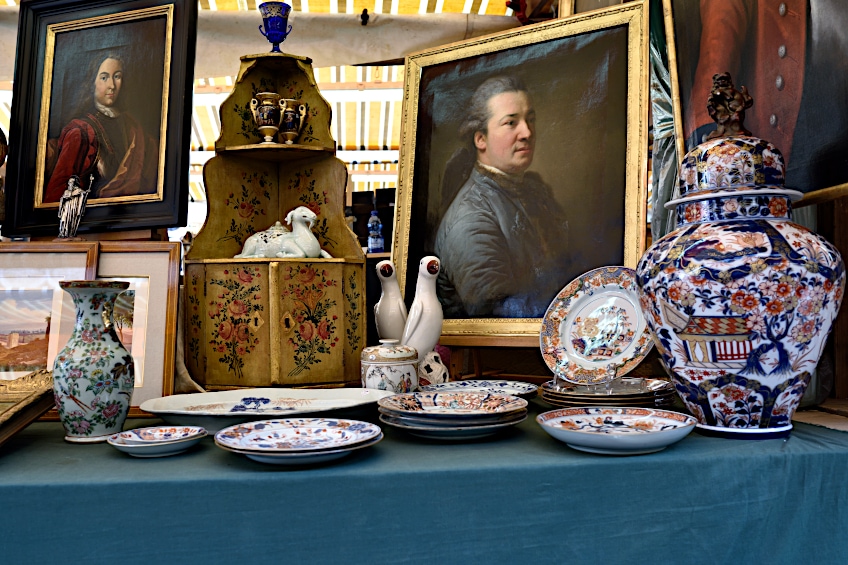
Historical and Cultural Artifacts
This is what you might think of when you hear the word artifact. These types of artifacts can be described as any relatively old historical item or work of art that reflects the culture, practices, and belief systems of a country, society, or region. These artifacts can range from commonly used items to treasured pieces that embody a particular period of significance to a people or place. While museums will generally showcase the best and most representative examples of cultural objects, scholars tend to be as interested in analyzing broken and “ordinary” examples of a cultural artifact as prime specimens.
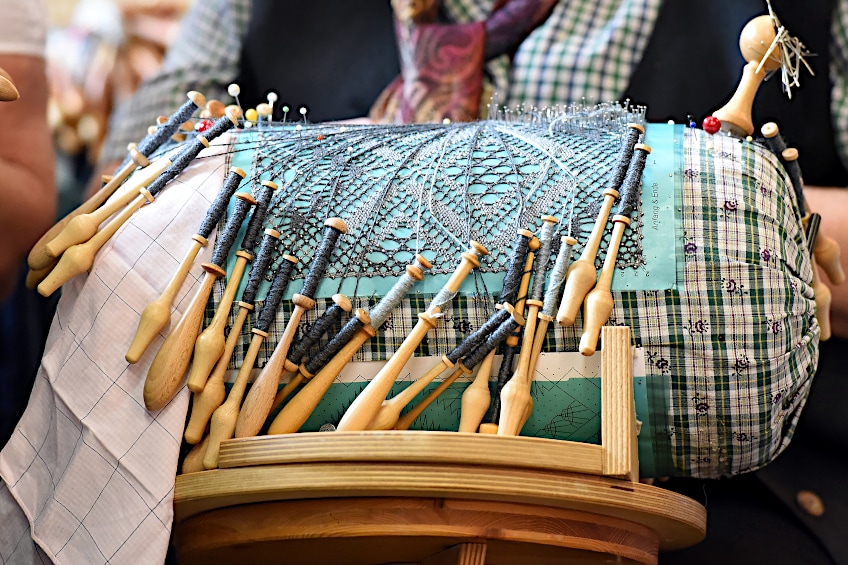 Both the traditional lacework and the tools required to create it are examples of cultural artifacts
Both the traditional lacework and the tools required to create it are examples of cultural artifacts
The best made and preserved examples of this particular type of artifact are often revered by their culture of origin and sometimes by global society at large. A good example of this type of artifact would be the Sistine Chapel by Michelangelo. Why? Well, this painting showcases the very best of what the artistic movement at the time had to offer, and its brilliance is still studied today!
Media Artifacts
Unlike historical artifacts, these items are a bit more recent. Media artifacts are generally accepted to be items like old film reels, old flash photography, and to a certain extent, digital files like old Laser Disks. They typically represent older forms of entertainment, documentation, and/or information storage mediums that have since been succeeded by modern forms of media.
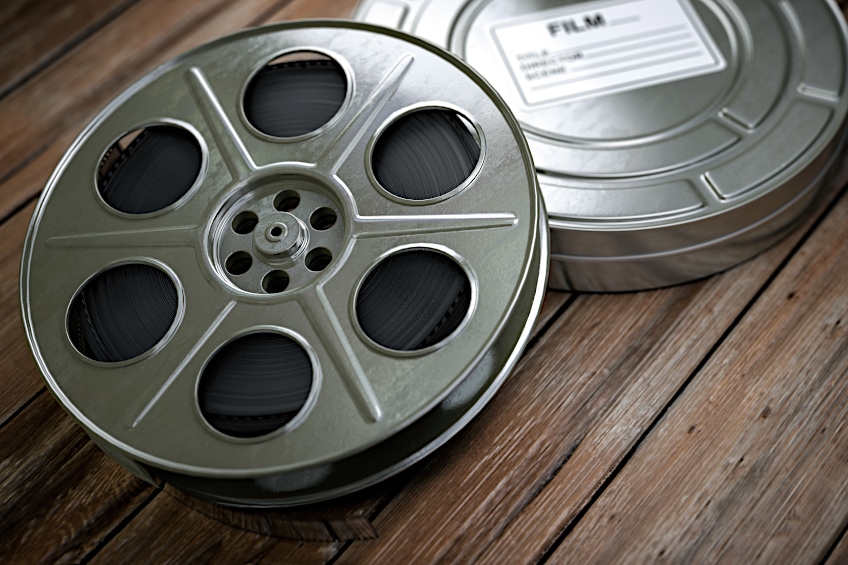 Old film is amongst the most fragile of media artifacts and if historically significant, needs to be digitized before its acetate base completely disintegrates
Old film is amongst the most fragile of media artifacts and if historically significant, needs to be digitized before its acetate base completely disintegrates
Media artifacts are pretty widespread, and unlike most historical artifacts, they can be found outside of a museum. Whether it be old photo slides that your parents have of their first vacation, the first audio-visual film, old news broadcasts, or old polaroid photographs, media artifacts showcase our technological strides and what we can achieve when we put our heads together both scientifically and creatively.
Knowledge Artifacts
If there was a Venn diagram of the different types of artifacts, historical/cultural artifacts, media artifacts, and knowledge artifacts would likely overlap in the center. Knowledge artifacts can be described as a display of knowledge by a society or persons. These items are often in the form of reports, presentations, schematics, design briefs, blueprints, theories, and even military strategies.

Books are amongst the most widely available examples of knowledge artifacts
Some societies like indigenous tribes in Southern Africa actually pass their history and knowledge down to new generations through spoken word, which in a way makes both the knowledge and elder passing it down an “artifact” of sorts. Many cultural researchers have since had the privilege of recording these histories and knowledge in analog and digital media on behalf of these people.
The ancient Egyptians and Ancient Mesopotamians sometimes passed historical knowledge and traditional practices down to later generations by etching them into stone through the use of imagery and pictographs. Knowledge artifacts serve as means of preserving a society’s progress so that later generations may add to and/or improve upon the achievements of their ancestors.
Data Artifacts
Data artifacts and ancient-world artifacts also tend to overlap in some instances. Data artifacts are not unlike knowledge artifacts, with the exception being that finding data from ancient- world artifacts can be challenging due to degradation over time. What are data artifacts? Well, any recorded data that gives insight into various types of events over an extended period.
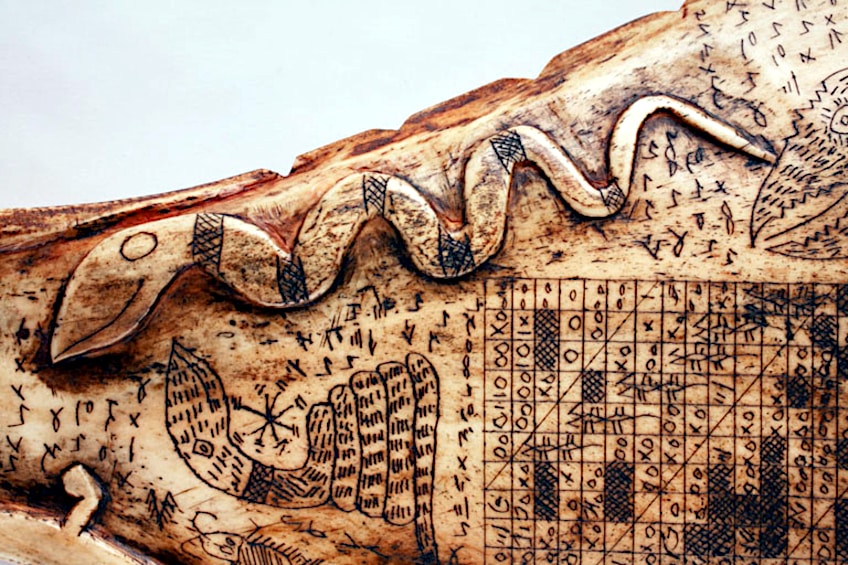 Carved bone calendar and almanac from the Batak peoples in Northern Sumatra, Indonesia (20th Century); The Children’s Museum of Indianapolis, CC BY-SA 3.0, via Wikimedia Commons
Carved bone calendar and almanac from the Batak peoples in Northern Sumatra, Indonesia (20th Century); The Children’s Museum of Indianapolis, CC BY-SA 3.0, via Wikimedia Commons
Cultures from all over the world recorded things like weather patterns, drought seasons, flood seasons, times of famine, the order of succession of their leaders, birth rates, death rates, animal populations, immigration records, and even the changing of the seasons. Using data artifacts allows us to track the progress of various aspects of our world all the way up to the present day. Some scholars have even speculated that the ancient megalithic structure known as Stonehenge may be a gigantic calendar.
There are more modern forms of data artifacts too. Whereas our ancestors kept track of things on parchments with ink, we have data artifacts in the form of floppy disks, vinyl recordings, microfilm, and (audio) tape recordings of historical events. One day, the way we record and store data will likely also become data artifacts for our successors.
How Are Artifacts Classified?
How exactly are archaeological artifacts classified? Typology or the practice of identifying and classifying archaeological artifacts has been around for a long time, and the guidelines for classifying artifacts have changed too. Typological analysis tries to classify artifacts based on observable traits instead of what is believed to be their intended function.
 Scholars will take a wide range of features into account when classifying an artifact. This includes the context where it was found, to its material, design, decoration, and patterns of use
Scholars will take a wide range of features into account when classifying an artifact. This includes the context where it was found, to its material, design, decoration, and patterns of use
Why? Well, there’s no real way of knowing since its owners are pretty much long gone, and therefore classifying an artifact based on its perceived function would effectively be guessing. Therefore, classification is made based on objects from the same general region that have similar or the same observable traits. Provisions are made in classification for innovation and stylistic changes.
Though, you should know that this method/process of classification is largely arbitrary. Essentially, it’s used as a metric by which archaeologists and researchers can grasp the archaeological record. If they didn’t, we’d likely just be standing around arguing, and since we don’t have time travel available to us (yet), this is widely considered to be the best practice (even though it has been criticized).
Method of Classification
When an artifact is discovered, its location is marked on a field map before it is sent back to a research facility and cleaned. Once ready, it will be classified according to its fundamental attributes including its raw material, size, and color. Once these have been established, they will be further classified according to mutually exclusive states. A good example is how a sword will be sorted by type and length with other swords of the same description.
As you can imagine, if you have hundreds of artifacts to classify and they’re all relatively similar it can make for a messy workday. This is why the classification process is reviewed by many people until a consensus has been reached for the class of the object. These days experts from other fields like mathematics and statistics can be consulted to re-enforce or dispute an artifacts classification.
These methods of classification were not always available and were only really brought into the mainstream in the mid-1950s. Before this period typologists claimed that an object’s classification was based on inherent observable qualities, which have since been challenged and for the most part, disproven. After all, an object’s classification can vary considerably based on a number of factors.
 Classification methods for artifacts have changed due to modern methods of material and design analysis
Classification methods for artifacts have changed due to modern methods of material and design analysis
These days there are many other means of identifying and subsequently classifying artifacts or any type, but for an “on the spot” classification, there aren’t any methods that outdo this classic method of categorization. Although, it should be mentioned that different disciplines prefer different classification methods as is most conducive to their practices.
Modern Archaeological Artifacts
While there are still loads of old-world artifacts to be discovered, modern archaeology seems to focus more on recently “minted” artifacts. These days urban and industrial archaeology focuses on the discovery, preservation, and study of items that were produced after the great industrial revolution. Primarily, items that were manufactured or used in the manufacturing process during this period.
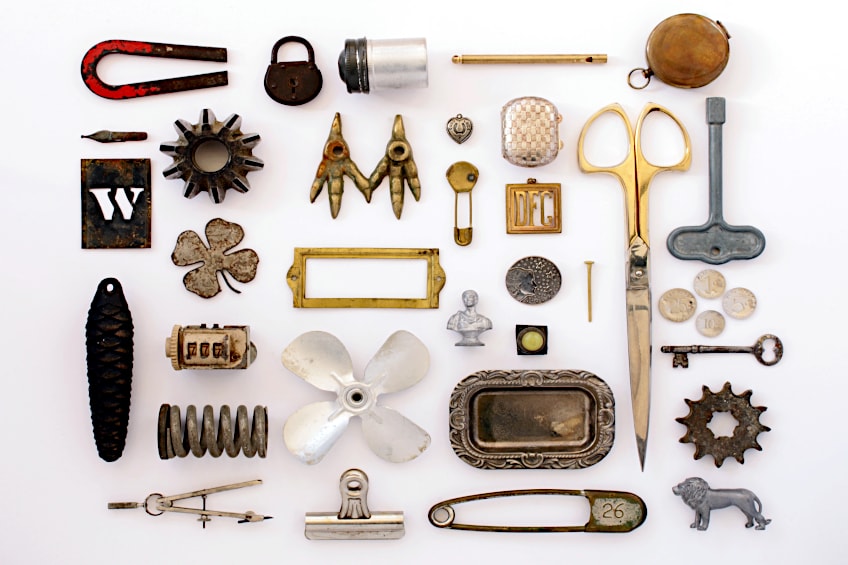 Many seemingly mundane objects from modern history may hold significant value for future scholars
Many seemingly mundane objects from modern history may hold significant value for future scholars
It is reported to be significantly easier to both identify and classify artifacts from this period due to certain marks, shapes, and materials that were used in their creation. What’s more is that there are records on hand that plainly indicate all of the aforementioned characteristics and materials, significantly streamlining the process of identification and classification.
What kind of artifacts can expect to find from the industrial revolution you ask/ Well, many things were produced in this era thanks to the advent of automation. One might find components of a steam engine, old telegraph machines, dynamite caps, old train carriages, typewriters, old textile machines, and pretty much anything else that could be produced and sold in large enough quantities.
 As technologies become obsolete, the objects associated with them take on a different meaning
As technologies become obsolete, the objects associated with them take on a different meaning
Years from now, it’s very likely that due to the materials used to create the things that we used every day, our belongings will be searched for and dug up, and classified as artifacts from “a time long past. What will remain is unknowable for the most part, but we do know that what will be found will be unlike any of the archaeological finds we’ve come across today.
Now that you know what an artifact is, some of the different types of artifacts that can be found, and how exactly artifacts are classified, it’s time for you to get out there and put your newfound knowledge to the test. Remember, the things we use today will be found by a future generation, so do your best to be mindful and leave things behind that both we and they can be proud of!
Frequently Asked Questions
Which Item Is an Example of an Artifact?
With the term artifacts being thrown around so much, you might ask yourself which item is an example of an artifact. The truth is, any purposefully made object that humans have related to in some way or another can be considered an artifact regardless of use or application.
What Are Cultural Artifacts?
Cultural artifacts is a pretty broad term. What are cultural artifacts though? Technically speaking, anything related to a culture or subculture can be considered a cultural artifact, right? Well, if we’re narrowing down the definition, a cultural artifact is any culturally significant and/or widely recognized representation of a particular culture or people.
What Are the Four Types of Artifacts?
What are the four types of artifacts? Well, there are cultural/historic artifacts, there are data artifacts, knowledge artifacts, and media artifacts. All of these artifact types seem to overlap with one another at certain points but are distinguishable for the most part.

I am deeply passionate about history and am constantly fascinated by the rich and complex stories of the past. As the editor-in-chief of learning-history.com, I have the opportunity to share this passion with a wide audience through the creation and distribution of engaging and informative content about historical events, persons, and cultures. Whether it’s through writing articles and blog posts or creating videos or podcasts, I strive to bring the past to life in a way that is both accurate and enjoyable. My expertise in history, combined with my strong writing and communication skills, allows me to effectively communicate complex historical concepts and make them accessible and interesting to a wide range of readers. I am truly grateful for the opportunity to share my love of history with others through my work on learning-history.com.

